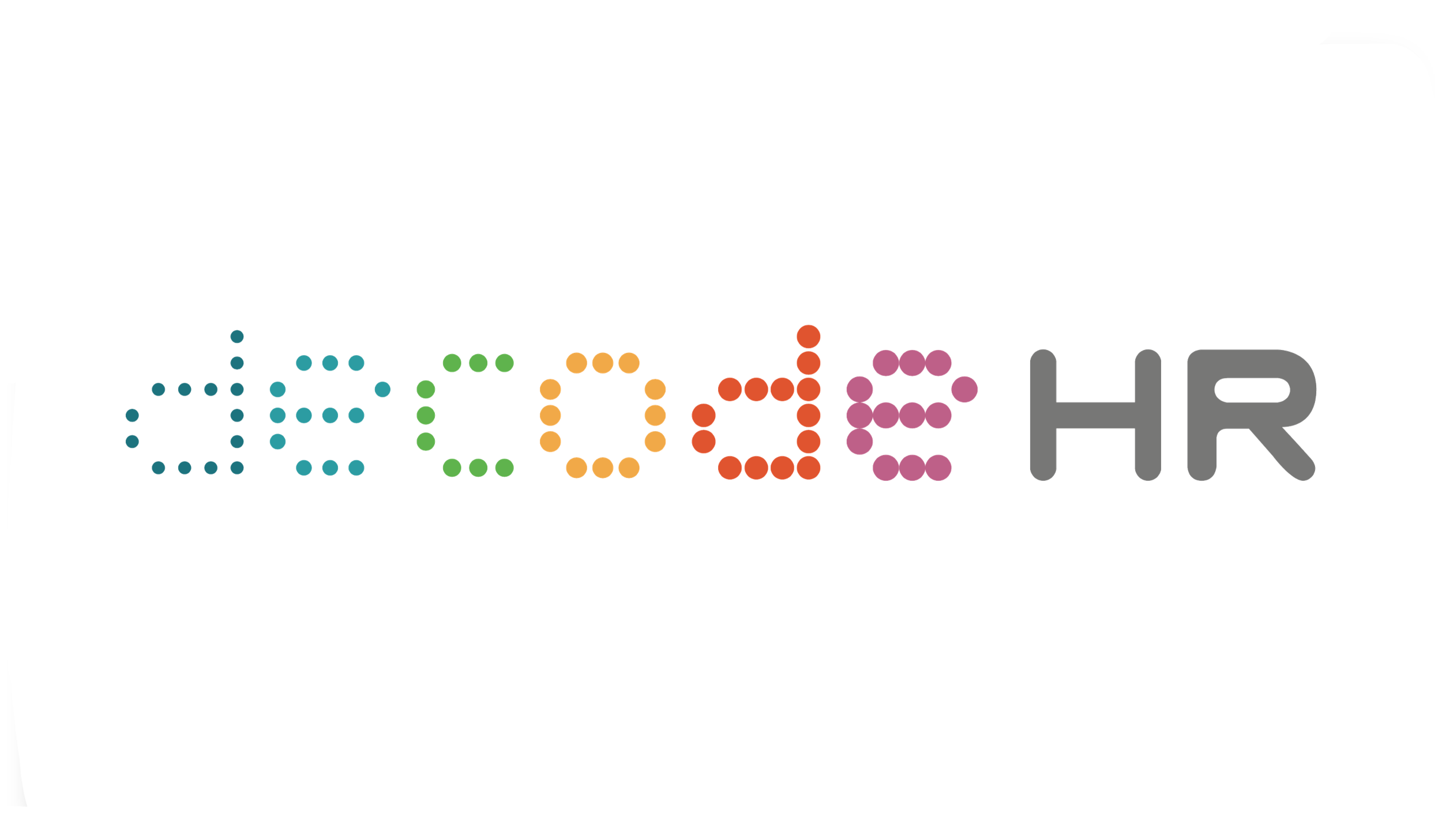Emotion Recognition in the Future of HR
Reading time: 2 mins
Emotions influence decisions. Measuring emotions can be of great value for research purposes. Advanced facial recognition-based software recognises universal facial expressions like happiness, fear, anger and sadness.
The application of emotion recognition and analysis in Human Resources are exciting. Imagine the possibilities in recruitment and assessments. An example is X0PA Ai which leverages on Microsoft's Video Indexer for its video interviewing and analytics capability. Using video and audio models, it draws deep insights, including emotional analysis.
The current method for measuring emotions is self-report. Using the self-report method could give inaccurate results, as employees can easily manipulate the results into a socially desirable outcome. That is why facial recognition-based software is a great tool.
The Noldus Facereader takes into account the Hawthorne effect by measuring expressions in photos and videos. The Hawthorne effect is a phenomenon in which people alter their behaviour when they know that someone is assessing them. The Noldus Facereader measures the presence of each of the six universal facial expressions on a scale from not present at all to present at maximum intensity.
This technology opens many doors for research, e.g. which emotions are experienced before making a decision. With emotion recognition softwares come ethical issues. One could argue that it is unethical to acquire data with this advanced facial recognition tool without people knowing it. And what about the purposes of the acquired data? That's why asking people for their consent before running the software is crucial. With all these in mind, we look forward to seeing organisations benefit with this emotion recognition technology!
Read more on measuring emotions in the digital age.
[Article migrated from dcHR.tech]


